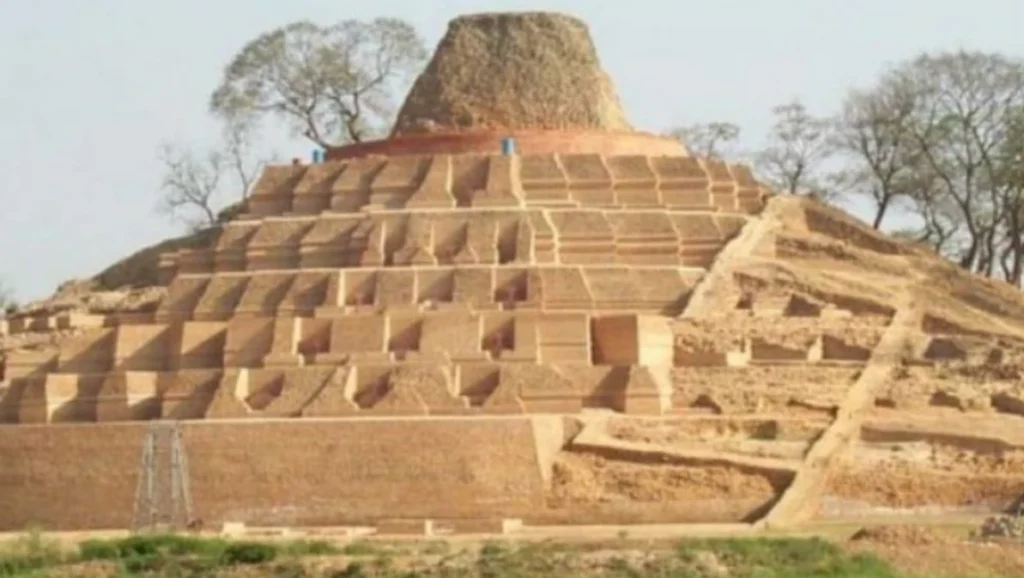Explore East Champaran District Bihar a land of rich heritage historical significance and progress Discover its cultural legacy freedom movement and growth.

East Champaran District Legacy Growth & Cultural Glory
East Champaran District, situated in the eastern part of the Indian state of Bihar, is a region steeped in history, culture, and natural beauty. Covering an area of approximately 3,969 square kilometers, this district is known for its rich agricultural heritage, historical significance, and a vibrant blend of diverse communities.
One of the most notable aspects of East Champaran is its agricultural prowess. The district’s fertile plains, crisscrossed by the Gandak and Burhi Gandak rivers, make it an agricultural heartland. The primary crops grown here include rice, sugarcane, maize, wheat, and pulses. The district’s agricultural economy plays a crucial role in the overall prosperity of the region and contributes significantly to Bihar’s food production.
Historically, East Champaran has an indelible mark on India’s struggle for independence. It was here, in the village of Motihari, that Mahatma Gandhi launched the famous Champaran Satyagraha in 1917. This movement, aimed at addressing the issues faced by indigo farmers under oppressive British colonial rule, marked a significant turning point in India’s fight for freedom. The Satyagraha Museum in Motihari stands as a testament to this historic event, offering visitors a chance to step back in time and understand the sacrifices made by countless individuals during that era.
The district is also home to several other historical sites and cultural landmarks. Kesaria Stupa, one of the tallest stupas in the world, is a remarkable Buddhist monument dating back to the 3rd century BCE. The district’s architecture reflects a blend of various styles, from colonial-era buildings to traditional Indian structures, showcasing the cultural diversity that has thrived here for centuries.
East Champaran is known for its vibrant festivals and fairs. The Chhath Puja, a prominent festival dedicated to the Sun God, is celebrated with great fervor and devotion. It involves rituals performed on the banks of rivers and ponds, creating a mesmerizing spectacle. Other festivals like Holi, Diwali, and Eid are celebrated with equal enthusiasm, reflecting the harmonious coexistence of different communities in the district.
The district’s natural beauty is another highlight. The lush green fields, serene rivers, and numerous water bodies offer a picturesque landscape that is a treat for the eyes. The Gandak Barrage, a major irrigation project, not only contributes to agriculture but also creates a scenic backdrop for visitors.
While East Champaran has made significant progress over the years, there are still challenges to address. Infrastructure development, education, healthcare, and employment opportunities are areas that require continuous attention and investment.
Famous Places in East Champaran District
East Champaran District in Bihar, India, boasts several famous places that offer a glimpse into its rich history, culture, and natural beauty. Here are some of the notable destinations:
Champaran Satyagraha Memorial: Located in Motihari, this memorial commemorates Mahatma Gandhi’s Champaran Satyagraha, a pivotal event in India’s struggle for independence. Visitors can explore the museum, library, and artifacts associated with this historic movement.
Kesaria Stupa: One of the tallest stupas in the world, the Kesaria Stupa is a 3rd-century BCE Buddhist monument. It features an impressive architectural design and is a significant pilgrimage site for Buddhists.
Gandak Barrage: This major irrigation project on the Gandak River not only supports agriculture but also provides a picturesque setting for visitors. The serene waters and lush surroundings make it an ideal spot for a relaxing visit.
Lauria Nandangarh: Known for its ancient Ashokan Pillars, Lauria Nandangarh is an archaeological site with historical significance. The pillars are adorned with inscriptions and carvings, offering insights into India’s past.
Thawe Mandir: This beautiful temple dedicated to Goddess Durga is a revered religious site in East Champaran. Its architecture and serene ambiance make it a peaceful place for worship.
Valmiki National Park: Located on the India-Nepal border, this national park is named after the sage Valmiki and is known for its diverse flora and fauna. It’s a haven for nature enthusiasts and wildlife photographers.
Chhath Ghats: The district’s various ghats along the riverbanks come alive during the Chhath Puja festival. These locations offer an authentic experience of this unique and revered festival, celebrated with great devotion.
Shiv Temple, Bankatwa: This ancient temple dedicated to Lord Shiva is known for its exquisite architecture and religious significance. It attracts devotees and tourists alike.
Adapur: This town is famous for its vibrant agricultural fairs, especially the Adapur Mela. It’s a great place to witness the rural culture and traditions of the region.
Raxaul: A bustling border town on the India-Nepal border, Raxaul offers a unique cultural experience with a blend of Indian and Nepalese influences. It’s also a key trade and transit point.
These famous places in East Champaran District offer a diverse range of experiences, from historical and cultural immersion to natural beauty and religious significance. Exploring these destinations provides a well-rounded view of the district’s heritage and attractions.
Read More :-
